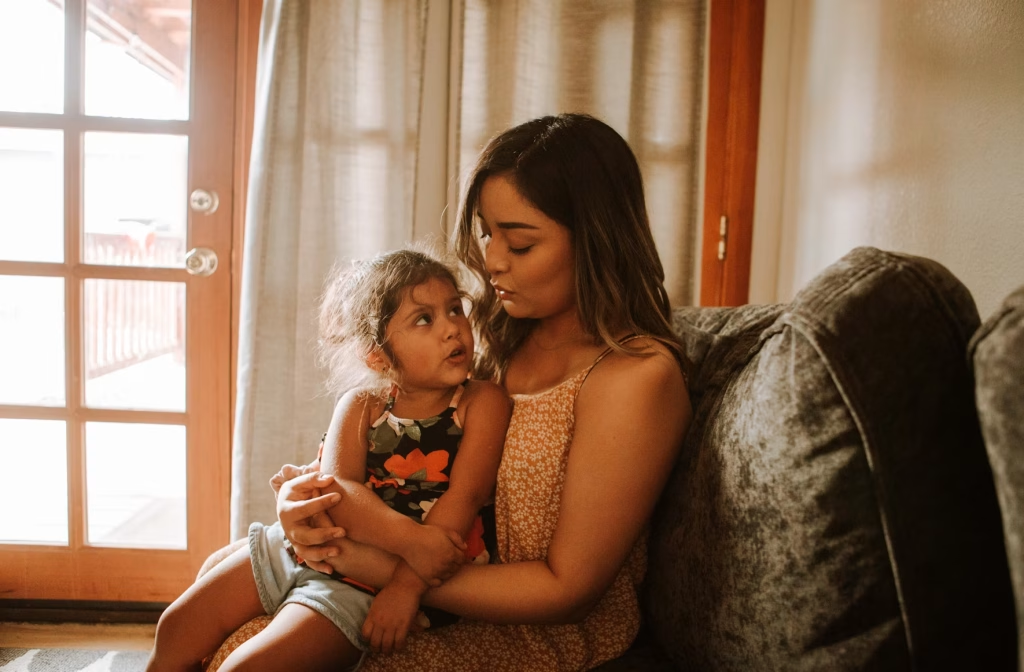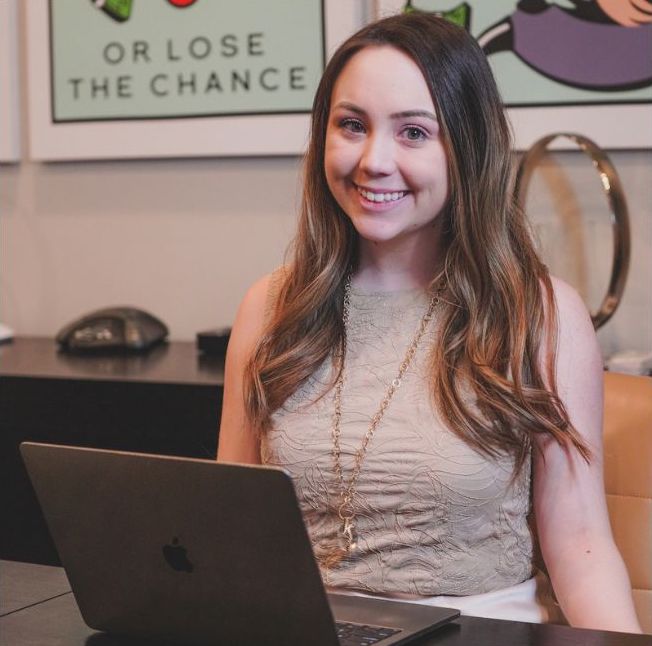
You missed picture day, snapped at bedtime, grabbed fast food—and then watched the blooper reel on repeat all evening. Sounds familiar? Parenting guilt is so common that it feels like part of the job description. Yet replaying every misstep rarely makes us better caregivers; it just drains the very energy our children crave.
The antidote isn’t pretending mistakes don’t matter—it’s pivoting from self-criticism to self-compassion so we can show up calm, clear-headed, and fully present. The five reframes below turn guilt into guidance and prove that the healthiest families run on empathy for everyone—including the grown-ups.
1. Guilt Signals You Care—but It Drains Your Energy
You feel guilty because you love your child. The problem begins when that pang lingers:
- Acknowledge, then act. Admit the misstep—“I yelled, and that felt scary”—then focus on repair: a hug, an apology, or a plan to prevent a repeat.
- Shift the spotlight. Instead of replaying what went wrong, ask, “What small choice can rebuild connection right now?”
Guilt is a helpful alarm bell; just don’t let it blare all night.
2. Reframe “Me Time” as Role-Modeling
A solo walk or coffee break isn’t indulgent; it’s a live lesson in self-respect.
- Narrate the why. “I’m going for a quick jog to boost my mood and energy.” Kids learn that caring for oneself is normal, not selfish.
- Set clear boundaries. Use a visual timer or special “quiet toys” so children see when you’ll be fully available again—trust grows when promises match reality.
Self-care isn’t escape; it’s maintenance that keeps the family engine running smoothly.
3. “Selfish” Choices Can Be Long-Term Gifts
Some decisions spark instant guilt—choosing a job with longer hours, skipping a second language, or saying no to yet another extracurricular. Evaluate them through a bigger lens:
- Motives matter. Are you choosing greater financial stability, mental health, or family balance? Those benefits ripple outward.
- Share the vision. Explain: “This new role means less after-school time together now but more flexibility next summer.” Kids learn to weigh short-term sacrifice against long-term gain.
Thoughtful trade-offs often cultivate resilience and opportunity—hardly selfish outcomes.
4. Treat Mistakes as Lessons, Not Proof of Failure
Blunders will happen: forgotten permission slips, late pickups, over-the-top reactions.
- Own it quickly. “I was late, and that must’ve felt worrying.”
- Name the tweak. “Next time I’ll set a phone alarm.”
- Move forward. Lingering shame teaches kids that errors are fatal; swift repairs teach adaptability.
Every misstep becomes a blueprint for growth instead of evidence you’re a “bad” parent.

5. Practice Self-Forgiveness Daily
You encourage your child to try again after errors—grant yourself the same grace. You coach your child to shake off mistakes and try again—extend the same courtesy to yourself.
- Use compassionate self-talk. Swap “I’m such a mess” for “I’m learning a lot today.”
- Create a reset ritual. A deep breath, a glass of water, or stepping outside can signal the mental shift from guilt to grace.
- Model aloud. “I’m disappointed I forgot, but I forgive myself and set a reminder so it won’t happen again.”
Forgiving yourself frees bandwidth for creativity, humor, and genuine connection—the things kids remember most.
Guilt-Light Parenting Deepens Connection
Letting go of guilt isn’t shirking responsibility; it’s choosing to lead from calm clarity instead of constant self-doubt. When you reframe, learn, and forgive, you show up as the imperfect yet present parent your child truly needs.
How do you release guilt in your parenting journey? Share a recent win—or an ongoing struggle—in the comments.
Read More
- 7 Things Kids Don’t Actually Need That Parents Still Feel Guilty About
- How to Let Go of Parental Guilt and Accept Imperfection

Samantha Warren is a holistic marketing strategist with 8+ years of experience partnering with startups, Fortune 500 companies, and everything in between. With an entrepreneurial mindset, she excels at shaping brand narratives through data-driven, creative content. When she’s not working, Samantha loves to travel and draws inspiration from her trips to Thailand, Spain, Costa Rica, and beyond.
